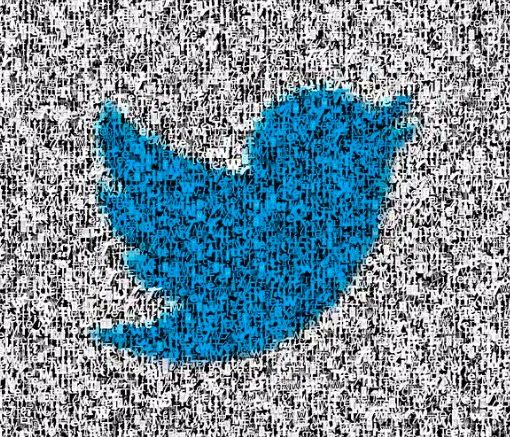by Michael Tarsala
 There’s a reason Robert Freedland recently bought a bunch of household-name U.S. stocks.
There’s a reason Robert Freedland recently bought a bunch of household-name U.S. stocks.
He thinks international buyers will be doing the same in coming months, helping to push up prices.
“One reason U.S. stocks are going strong versus the rest of the world is because our country is a relative safe haven,” he says. “And if you’re an international buyer, what U.S. stocks are you going to buy? You’re going to gravitate toward the ones you know.”
That includes perhaps the best-known U.S. stock, Apple (AAPL), which he bought last week at around $587.
“I’m a Mac-happy fan, he says, with an iPhone, and iPad and a Macbook Air,” he contends.
But that has limited bearing on his buy decision; he simply thinks the stock is still a bargain, trading at less than 11 times forward earnings, and a PE/G ratio of less than 0.6. He says it’s a low price – especially ahead of the iPhone 5 launch in coming months, which he suspects could be a catalyst.
One of the concerns with Apple is that it has yet to maneuver many blockbuster product launches under CEO Tim Cook. And the March launch of the new iPad under Cook didn’t get all As from the critics.
“But the magic has disappeared,” Freedland said. “It’s still a franchise name.”
Microsoft (MSFT) on the other hand, has only rarely captured any magic with its hardware product releases. Freedland points back to the Zune, Microsoft’s would-be answer to the iPod, as a reason the new Microsoft Surface is unlikely to challenge the iPad.
Don’t overlook the launch of Windows 8, though, he says. It’s been three years since Microsoft had an across-the-board OS update for desktops, laptops, tablets and home theater PCs. And with its new Metro design language, Windows 8 will spawn multiple new hardware products from others in the industry, potentially spurring Microsoft’s revenue.
“Trading at 10 times forward earnings, this is a pretty safe bet in a difficult market,” Freedland says.
Sticking with tech, Freedland also bought IBM last week. He calls it a “steady, quiet performer,” driven by the company’s services and software businesses.
The dividend yield is not that exciting at 1.7%. But at a PEG ratio of 1.12, he thinks it’s a “survivor” stock that, like Apple and Microsoft, should still attract interest from international buyers.
Outside of tech, Freedland made a fairly large bet on Disney (DIS) shares last week. It’s now his third-largest position, about 5.1% of his model.
Even though the company has unwanted European exposure with its theme park in Paris, Freedland sees the stock as a possible recession play.
“People tend to go to the movies for entertainment when times get tough,” he says. “So it’ a comfort stock in that regard.”
New releases include Disney and Pixar’s “Brave”, as a follow-up to the late spring release of “The Avengers”.
Disney has an “OK” dividend with a 1.3% yield – less than the S&P average of 2%. But at a forward earnings multiple of 13.6, he says it’s still a fair price for a stock with a technically strong chart.

